The difference between Keto and Paleo is a question I get a lot, along with the difference between Paleo and Whole30. Keto and Paleo are often confused, and they have enough similarities that it makes sense as to why that happens. I’m not here to tell you which is better, which is right and wrong. I’m well aware that there’s not one answer for everyone. Our bodies, schedules, health goals and preferences are all different. What I can do though is help you make informed decisions by learning what the key differences between Keto and Paleo are.

First, Some Definitions:
Keto, short for the Ketogenic diet, is a low carb way of eating which promotes the production of ketones in the liver to be used as energy. When you eat carbs, the body produces glucose as a response. In simplified terms, glucose is easy for your body to covert and then use as energy, and will be chosen over any other energy source. Because your body is using glucose as energy, fats are stored instead of used. With higher carbohydrate diets, the body is always using glucose to run, especially if your activity level is low. With Keto, you’re lowering your intake of carbs, reducing the amount of glucose produced, dropping your insulin levels (your fat storing hormone), and causing your body to go into a fat burning state.. AKA, Ketosis.
Ketosis is a natural metabolic state initiated by the body to help us function normally when food intake (carbohydrates) is low. When our body is in ketosis, we produce those ketones I just mentioned. Ketones are produced when the liver breaks down fats to use as energy. Therefore, by bringing our body into a state of ketosis, we’re burning fat as energy, not glucose. This, as you can image, helps to reduce the stored fat we have because we’re using it! Keto isn’t a calorie restrictive diet at all, but a carb restrictive diet.
The Paleo diet template centers around eating whole foods, cutting out anything processed. The premise for this is that our bodies are best served by eating the way our Paleolithic ancestors would have. Paleo focuses on eating plant-based meals with high quality proteins and fats. The modern day Paleo diet focuses on consuming real, whole foods that work with our genetics instead of against them. This means that anything highly processed, like grain, dairy, soy, vegetable and hydrogenated oils, and refined sugar is cut out completely.
For more resources on Paleo, check out my Paleo Bookshelf.
How Are They Similar?
There’s a lot of benefits and foods that are overlapping between Keto and Paleo. Both ways of eating promote weight loss, improving chronic health conditions such as type 2 diabetes and autoimmune issues. The food that both camps eat is also really similar, which is what I think causes some confusion. Keto and Paleo diets almost always excuse grains, legumes and refined sugar. They both place an emphasis on healthy fats, vegetables lower in starch, leafy greens and quality animal proteins.
The Main Differences between Keto and Paleo:
Intentionally Low Carb
With Keto, you’ll still be eating real, wholesome foods but you’ll want to mostly limit foods high in carbs, even if those foods fall under the “Paleo” umbrella. Both Paleo and Keto are naturally lower in carbs than the S.A.D., the Standard American Diet, but because Keto is intended as strictly low carb, there are some Paleo foods that aren’t considered Keto because of their carb count. Some of these foods are potatoes, sweet potatoes, squash, bananas, pineapple, and grapes. Paleo approved sugars are also often limited on the Keto diet. These include sugars like coconut sugar, maple syrup, honey and dried fruits.
This is not an exhaustive list of Paleo foods with a higher carb count, nor is it a list of foods that should always be avoided. These are healthy, nutrient dense foods that you can chose to eat on Keto and still stay within your carb count for the day.
So the difference between Keto and Paleo is that unlike Keto, Paleo isn’t strictly low carb. While they both restrict similar food groups, there’s no limit to the starchy vegetables or natural sugars you can have to still correctly eat according to a Paleo template. This differs from Keto because in order to enter ketosis, you must intentionally restrict carbs to a low enough percentage of your daily consumption. Paleo doesn’t place an emphasis on eating low carb, and many people who are highly active may actually eat a high carb Paleo diet.
Measuring Percentages & Paying Attention to Macros
To get your body to the point where it’s burning fat as energy by being in ketosis, there’s a specific amount of macronutrient percentages that are recommended to follow. For most beginners, this usually means tracking to make sure you’re hitting your target in order to help your body start producing ketones. The Standard Keto Diet (SKD) recommends sticking to around 75% fat, 20% protein and 5% carbs. Of course, this fluctuates from person to person depending on what their body needs, but it’s much different than Paleo in the sense that when eating Paleo, you can eat any percentages, not track any food, and still be following Paleo correctly.
Keto Doesn’t Exclude Dairy
Another difference between Keto and Paleo is dairy. Most Paleo folks make a big deal about dairy and not eating it. Paleo focuses on removing foods that are difficult for your body to digest, and because dairy is an extremely common food people have an intolerance to, it’s typically removed on the Paleo diet. However, with Keto, dairy products (depending on who you talk to) are allowed to be consumed. Full-fat dairy foods are a common way to add fats to your diets. You can still eat Keto without eating dairy. There’s not a real rule that you have to. Lots of people actually do a combination of Paleo and Keto, eating mostly Paleo to avoid the inflammatory foods, like dairy, but keeping it extremely low carb to get their body into metabolic ketosis.
Keto Resources:
These are some of my favorite Keto bloggers, enthusiasts, smarty-pants on all things Keto. They know way more than I do on the Keto subject and are excellent resources for further Keto information and mouth watering recipes!
The Keto Reset by Mark Sisson at Mark’s Daily Apple
Cristina at The Castaway Kitchen
Kyndra at Peace Love and Low Carb
Sara at Real Balanced
Leanne Vogel at Healthful Pursuit
Overall, I truly don’t think Paleo is better than Keto or vice versa. It really does just depend on what your goals are. Are you eating to target a specific health issue, to focus on weight loss, to make a long term lifestyle change? Those are all questions for you to answer before you start one or the other. While there is definitely a difference between Keto and Paleo, there’s also quite a few overlapping similarities, making them both something that can be done together, too. And, at the end of the day, the best way of eating is the one you find manageable, sustainable and enjoyable!
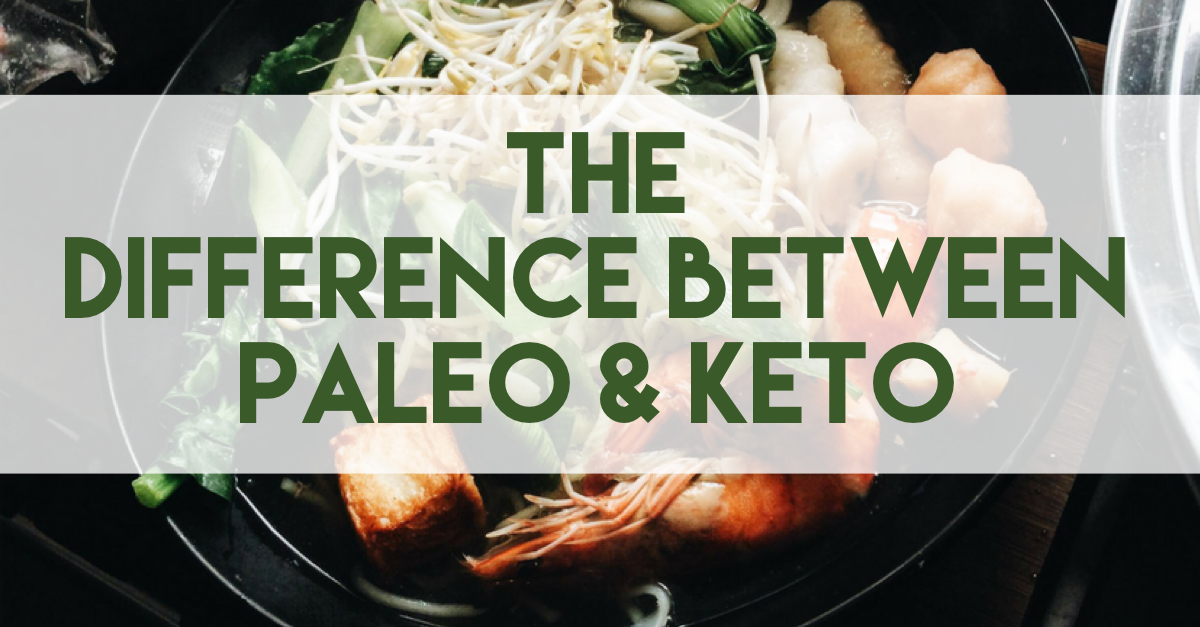


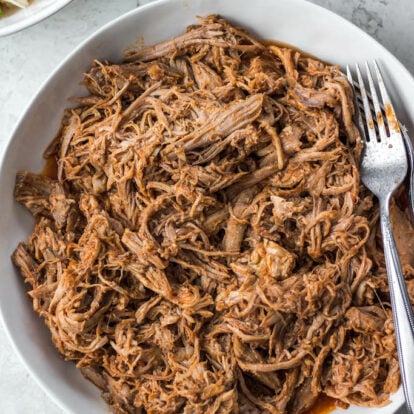
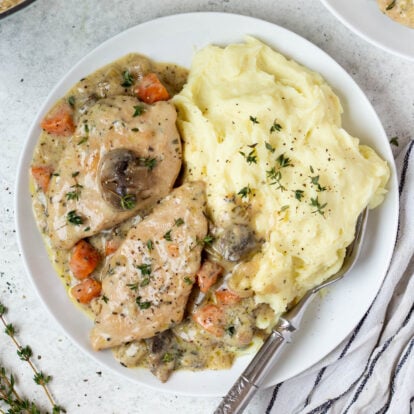
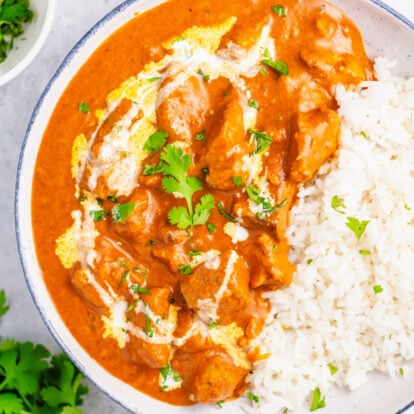


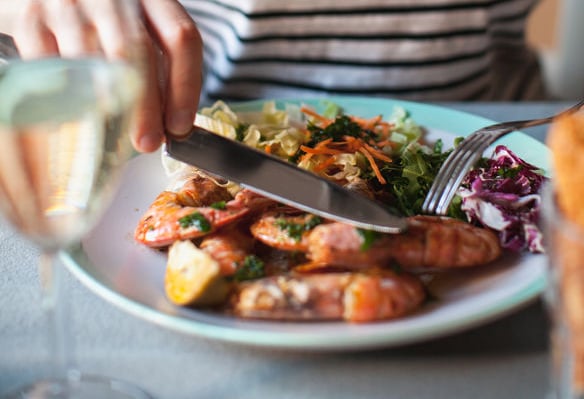

Trista says
Very informative! Not that it’s a rule, but another difference I see between keto and paleo is eating processed foods vs. not on paleo. I’ve seen people that eat keto and they have diet soda and splenda. Whereas you wouldn’t use those in paleo eating. Not everyone does that, but it’s something I’ve seen.
paleobailey says
Yes!! You are so, so correct! There’s lots of packaged/processed foods that people who eat keto can “choose” or “make” fit into their macros that’s just not something you’d do with Paleo. Like you said, not everyone does this, but there certainly are people who can make keto less of a whole foods based diet if they want to. Thanks for pointing that out!